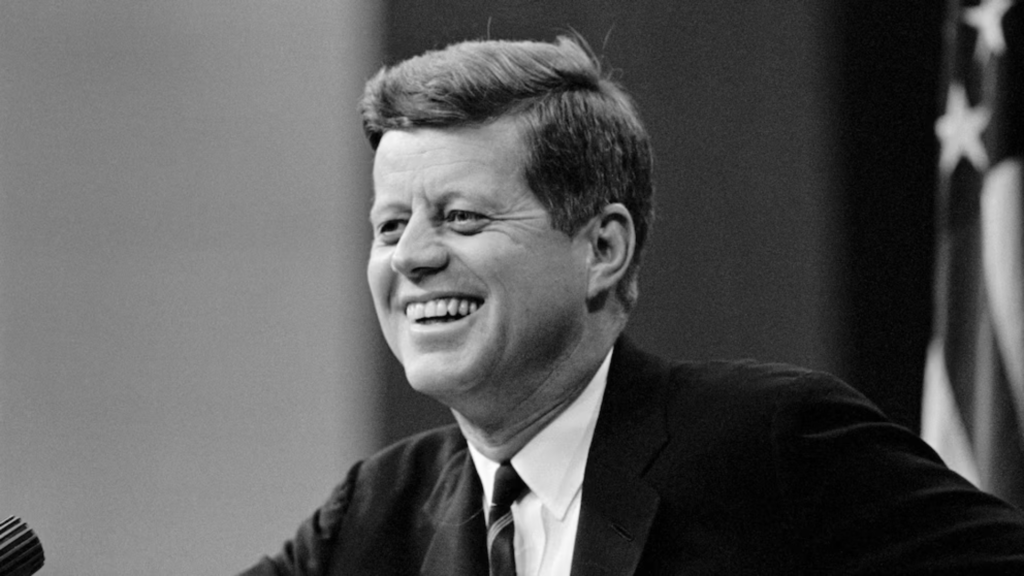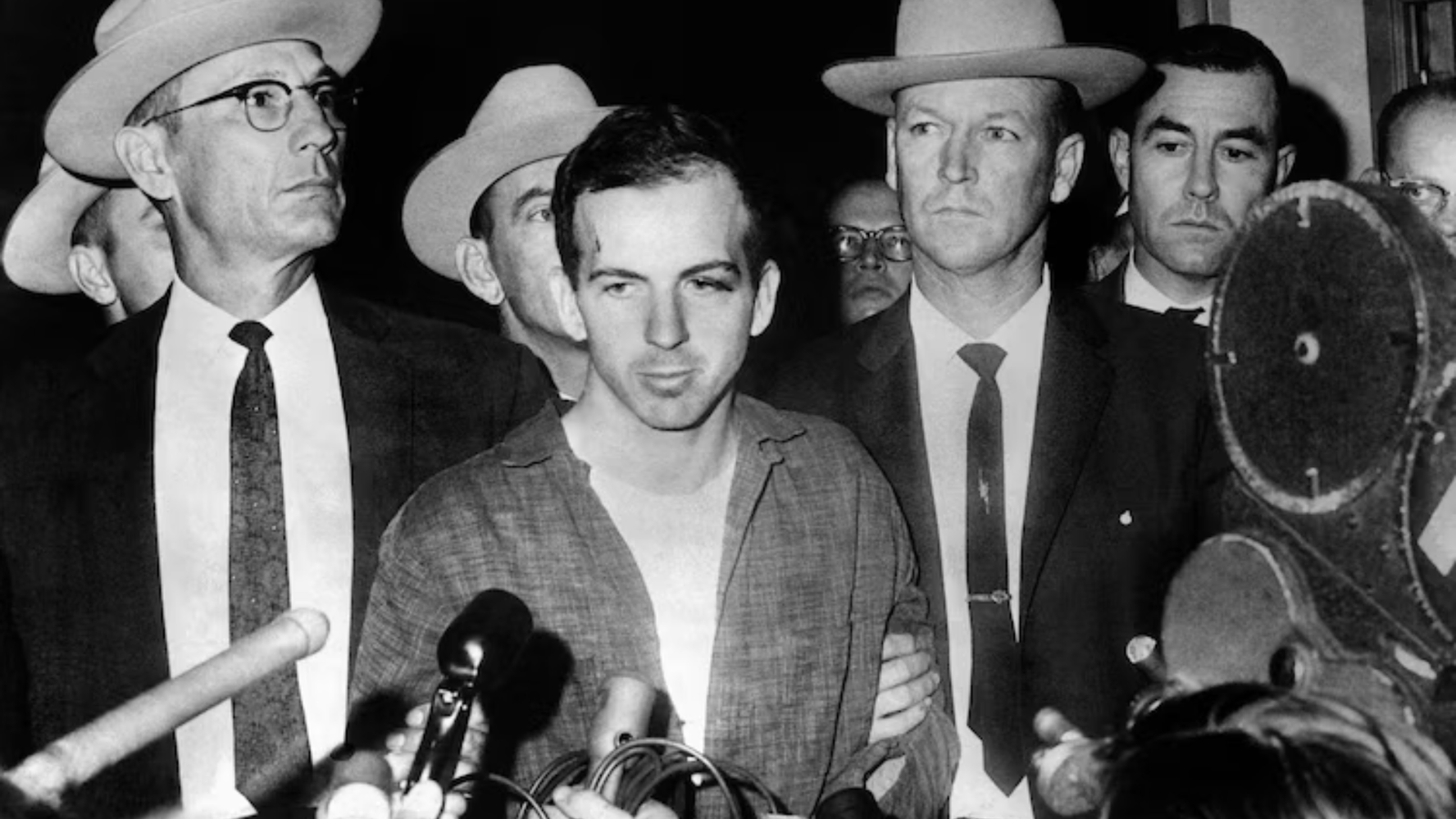
The Department of Justice (DOJ) took a significant step on Tuesday by releasing thousands of pages of newly declassified files related to the 1963 assassination of President John F. Kennedy (JFK).
These long-awaited records, now accessible to the public, have been added to the National Archives’ website alongside previous document releases from 2017 through 2023.
This latest batch of records represents one of the most comprehensive disclosures of assassination-related files to date. According to the Office of the Director of National Intelligence, approximately 80,000 pages of formerly classified materials have been published without redactions.
“This release consists of approximately 80,000 pages of previously classified records that will be published with no redactions,” the agency stated.
However, certain documents that remain under court seal or are restricted due to grand jury secrecy and provisions of the Internal Revenue Code still require further legal steps before they can be made public.
The declassification effort follows an executive order signed by President Donald Trump on January 23, directing the immediate release of all remaining JFK assassination-related files.
Trump had long expressed interest in making these documents available, citing the “public interest” in uncovering the truth behind one of America’s most controversial historical events.
On Tuesday, two separate releases were made available. The first batch contained 1,123 records spanning approximately 32,000 pages, while a subsequent release later that night included an additional 1,059 records with 31,400 pages.
Among the most anticipated documents in this release is the unredacted version of a 1961 memorandum from White House aide Arthur Schlesinger Jr. to President Kennedy. This document, which had previously been heavily censored, offers a scathing critique of the CIA just months after its failed Bay of Pigs invasion in Cuba.
In the memo, Schlesinger warned Kennedy that the CIA was overstepping its authority and operating outside its traditional intelligence-gathering role. He noted that the agency had an excessive presence abroad, with personnel numbers rivaling those of the State Department in certain countries.
“CIA today has nearly as many people under official cover overseas as State,” Schlesinger wrote. In some nations, he added, “the CIA’s presence outnumbers regular State Department personnel.”
Previously classified portions of the memo reveal specific details about CIA operations in France, Austria, and Chile. For instance, Schlesinger disclosed that the CIA had been monopolizing contact with key political figures in France, including the President of the National Assembly.

The newly declassified files also provide deeper insights into the CIA’s surveillance operations in Mexico City in late 1962 and early 1963. These operations involved wiretapping diplomatic facilities used by the Soviet and Cuban governments—locations that were later visited by Lee Harvey Oswald in the months leading up to Kennedy’s assassination.
Some of the previously hidden details describe the CIA’s methods for installing wiretaps, including the use of chemicals to mark telephone devices with invisible ink that could only be detected under ultraviolet light.
One 79-page report, which now includes 15 newly unredacted pages, reveals additional details about CIA surveillance of Soviet embassies and its efforts to recruit double agents among Soviet personnel. The documents indicate that some of these recruited spies provided valuable intelligence, with one memo boasting, “I cannot help but feel that we are buying a great deal for our money in this project.”
Additionally, the documents discuss the CIA’s monitoring of an American citizen identified as a Communist living in Mexico. However, despite widespread speculation, this particular memo does not contain any references to Oswald.
The release of these files has been met with cautious optimism from researchers and historians who have long sought full transparency on Kennedy’s assassination.
Jefferson Morley, a noted JFK researcher and editor of the Mary Ferrell Foundation, a nonprofit organization that manages a database of assassination records, described the latest release as “an encouraging start.”
“We now have complete versions of approximately a third of the redacted JFK documents held by the National Archives,” Morley said in a post on X (formerly Twitter). “Rampant overclassification of trivial information has been eliminated, and there appear to be no redactions, though we have not viewed every document.”
He added that seven out of ten JFK-related files previously withheld from the public have now been released. These records, he said, shed new light on Kennedy’s distrust of the CIA, covert operations against Cuban leader Fidel Castro, and Oswald’s movements before the assassination.

Despite the progress, Morley noted that two-thirds of the promised files remain undisclosed. Additionally, none of the more than 500 IRS documents related to the case, nor any of the recently discovered 2,400 FBI files, were included in this release.
Along with the JFK records, the National Archives also declassified several documents related to Martin Luther King Jr. and Robert F. Kennedy. Fifty-seven documents referenced King, including 35 related to his 1968 assassination.
One intelligence document from 1968—previously released in 2018—describes how RFK’s assassination led to renewed speculation about a broader conspiracy surrounding both Kennedy brothers’ deaths.
A dispatch from that period warned that Sirhan Sirhan’s trial for Robert Kennedy’s assassination could provoke “a new wave of criticism and suspicion against the United States, claiming once more the existence of a sinister ‘political murder conspiracy.'”
The release also contained 77 documents referencing Robert F. Kennedy, including two related to his assassination.
Some of the newly disclosed documents connect figures from the JFK assassination files to later political scandals. One such file from August 1966 recommends a “certificate of distinction” for a CIA officer who played a key role in the agency’s technical surveillance division.
This individual, James McCord, later became the head of security for President Richard Nixon’s re-election campaign—and was one of the infamous Watergate burglars whose break-in ultimately led to Nixon’s resignation.
Previously redacted portions of this document reveal that McCord had overseen the development of “fluoroscopic scanning” and X-ray technology used to detect hidden surveillance devices. These technological advancements later played a crucial role in counterintelligence operations.
The release of these JFK assassination files is the result of decades of legal battles, public pressure, and congressional mandates.
In 1992, Congress passed the President John F. Kennedy Assassination Records Collection Act, requiring the government to disclose all assassination-related files by 2017. However, both Trump and his successor, President Joe Biden, delayed full compliance, citing national security concerns.

